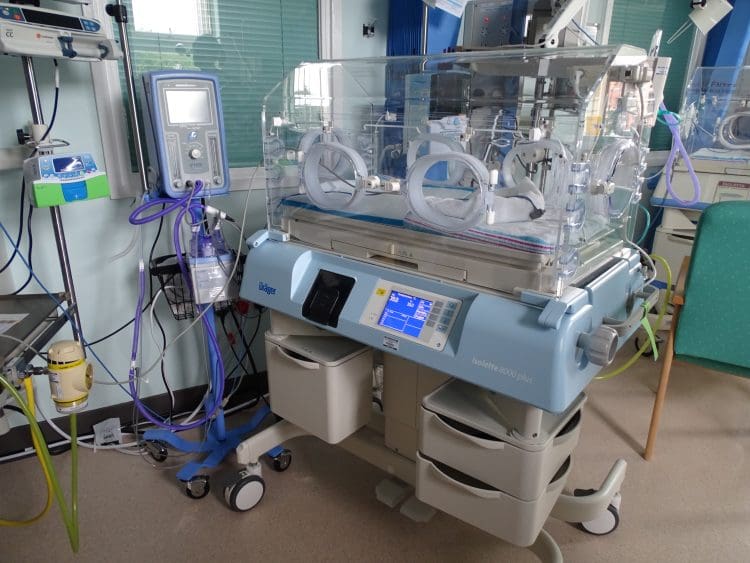The cots used on the children’s unit are around 13 years old, are worn and need upgrading. Unfortunately, with internal funding in short supply and many competing projects, the hospital are not able to replace them. This year new regulations for cots are being released, so it is expected that the new cots will be designed around childcare and handling and will make a positive difference to the safety and the comfort of the patient. They will be easy to use and maintain, helping to deliver the highest standard of hygiene, and will have special features to care for acutely ill children.
Donate now
More Projects
Royal Calderdale Hospital – child-friendly waiting area
The Children’s Accident and Emergency Department at Calderdale Royal Hospital sees around 16,000 children a year who are sick or injured and need emergency care. Visiting A&E may be scary and confusing for children, but having a calming and welcoming area to wait in can help to alleviate worries and stress. The team at Royal […]
Find out more →Royal Albert Edward Infirmary, Wigan – Voluson Ultrasound Machine
The Royal Albert Edward Infirmary Maternity Unit has been involved in the AFFIRM (Awareness of Fetal movement and Focussing Intervention Reduce Fetal Mortality) study for the last 12 months. This essentially involves early access to ultrasound scanning for women experiencing reduced fetal movement in pregnancy. The benefit of using this approach outside of normal working […]
Find out more →Blackpool Victoria Hospital – Saturation Monitors
The Children’s Ward at Blackpool Victoria Hospital provides treatment and care to approximately 8,000 babies and children each year. Many of these are admitted with respiratory problems and need to have their oxygen levels closely monitored. All babies under 1 year old are routinely monitored during their stay on the ward. Recently all of the […]
Find out more →“This new incubator has the addition of scales to weigh the baby with the minimum of disruption. It also has integral oxygen, which minimises kit and clutter around the incubator space. We will be able to control the temperature, humidity and oxygen to suit the baby’s individual requirements.”
Julie Armstrong
Lead Nurse, Neo Natal Unit
Wigan Infirmary











